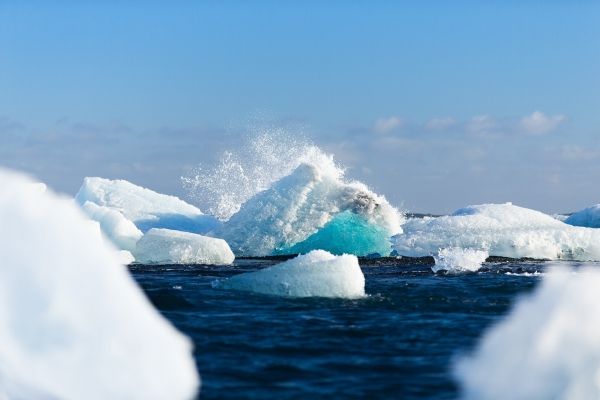Scientists have discovered that summer sea ice in the Weddell Sea area of Antarctica has decreased by one million square kilometres – an area twice the size of Spain – in the last five years, with implications for the marine ecosystem. The findings are published this month (June 2020) in the journal Geophysical Research Letters. A limiting factor, however, is the small magnetoelectric response. Enhancing that response would increase the material’s usefulness.
An international team of researchers studied satellite records of sea ice extent and weather analyses starting in the late 1970s to understand why summer sea ice in the Weddell Sea area of Antarctica has reduced by a third over the last five years. They found that ice loss occurred due to a series of severe storms in the Antarctic summer of 2016/17, along with the re-appearance of an area of open water in the middle of the ‘pack ice’ (known as a polynya), which had not occurred since the mid-1970s.
The ocean around Antarctica freezes and doubles the size of the continent in the austral winter, with the sea ice extent reaching over 18 million square kilometres by late September. Through the spring and summer, the sea ice almost completely melts in most parts of the Antarctic, with only the Weddell Sea retaining a significant amount of sea ice.
Read more at: British Antarctic Survey
Photo Credit: via Pixabay


